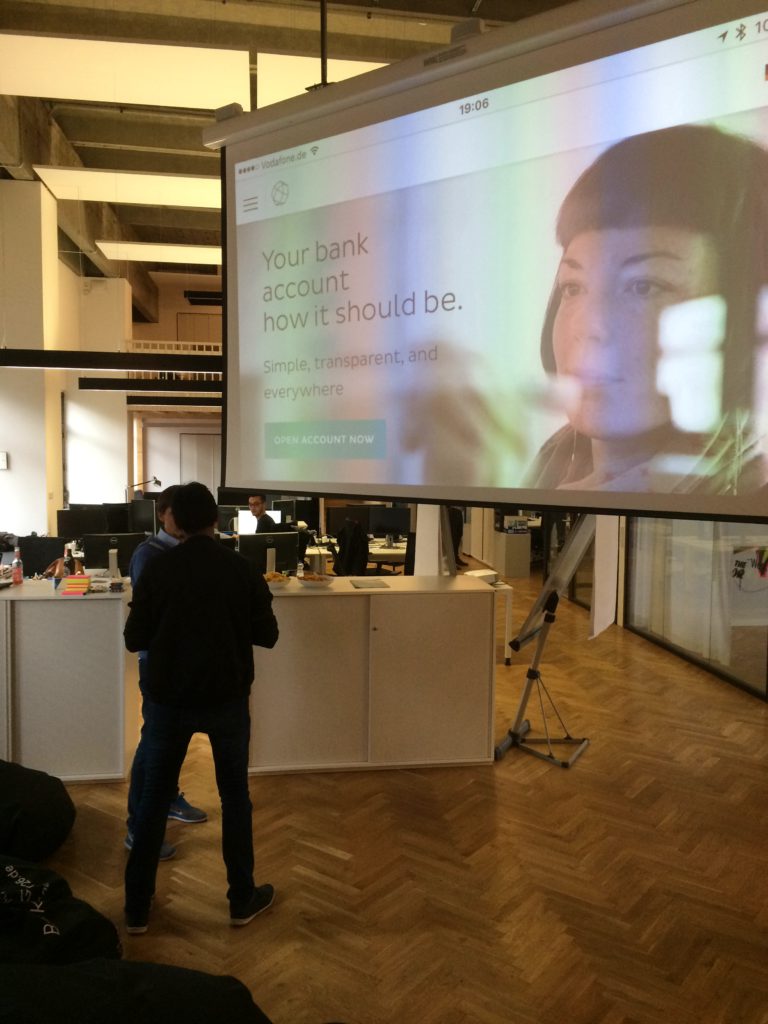With the rapid emergence of the manifold fintech ventures all over the globe, traditional banks should be worried about their business. I’m always amazed by the exciting opportunities that come up whenever an industry hasn’t significantly changed over a long period of time – and that’s what’s happening right now with the banking industry. While small, agile and design-driven fintech startups seem to hit the bulls eye with their customer-centered and sleek banking solutions, whether in B2B or B2C, most of the traditional banks come along as an old and rusty ship on the high sea that cannot navigate anymore.
Old banking
Big banks, with their stiff corporate silos, high bureaucracy and product-oriented mind-set, have lost their focus on why the should exist in the first place: to enable customers to manage their money in a convenient, secure and time-saving manner. The time when people wanted to go to an actual physical branch is long gone! They anyway looked most of the time like dusty and depressing office spaces and were characterized by long queues of customers, very annoying opening times and local account representatives waiting for you in their dusty grey suits, trying to sell you the banking products that don’t even fit to your individual needs. Service design at its worst.
Of course, banks have catched up with this issue and made the short-sighted attempt to beautify/re-design their branches, but that doesn’t make up for a missing focus on the customer and obviously doesn’t change the corporate culture at all. Moreover, the creative think tanks and design thinking camps that have sprung up at the big banks will not be enough to shift their operating philosophy to a truly customer-centric business. Another problem area is the extreme lack of new technologies, channels and digital strategies that are at the horizon of the new banking industry: utilizing blockchain technologies for more secure and transparent trading, offering digital currencies, or leveraging AI to automate and improve operations. The opportunities are endless, but banks need to become agile and approach innovation genuinely. According to Accenture, banks might loose about 35 percent of their market share by 2020 if they don’t start to compete against the more digitally-oriented disruptors. Well, that’s a hell of a call to action, albeit most banks have not recognized the importance of a digital presence yet:
While it might still be relevant for older generations to have access to a local bank branch where they can meet and talk to real people, all coming generations of bank customers will have their bank in their pocket.

If most banking transactions migrate to the digital world, what’s the future of the traditional banking branches?
Future banking
The global business consultancy Accenture names three possible new models that banks can pursue, from the niche digital provider, the digital, full-service bank to the big box bank. However, the common denominator amongst all is of course: the digital bank. That’s exactly why your future bank will be in your pocket, as banking services will become almost fully digital: banking to go. I attended the “Re-imagine banking with Number26” TOA satellite event last month, where the CTO of the innovative fintech startup Number26, now N26, held a workshop on how we will use banking services in the digitalized future. After several brainstorming sessions, we gathered various ideas on the bank of the future, just to mention a few:
- Learn to save money through gamification
- Customized investment options, tailored to the individual budgeting needs of the customer
- Real-time spending behavior visualizations, with a plan to meet individual spending goals
- Automated bill payments, shared accounts
- 24/7 virtual banking assistance
Sounds cool? I believe that digital banks that leverage the opportunities of new technologies are in the best position to offer true value to their customers. They can turn banking into really enjoyable experiences.

Re-imaging the bank of the future @ N26
Today’s customers and all other individuals that use banking services won’t wait until the big banks have catched up with the current developments of the banking industry. As it happened already in other industries, the players that don’t adapt to the digital lifestyle and demands of their customers will be very likely to be left behind by more innovative and agile startups. In the end, it’s all about re-thinking customer experience and solving customer pains – the technological advancements provide the necessary framework to do so.